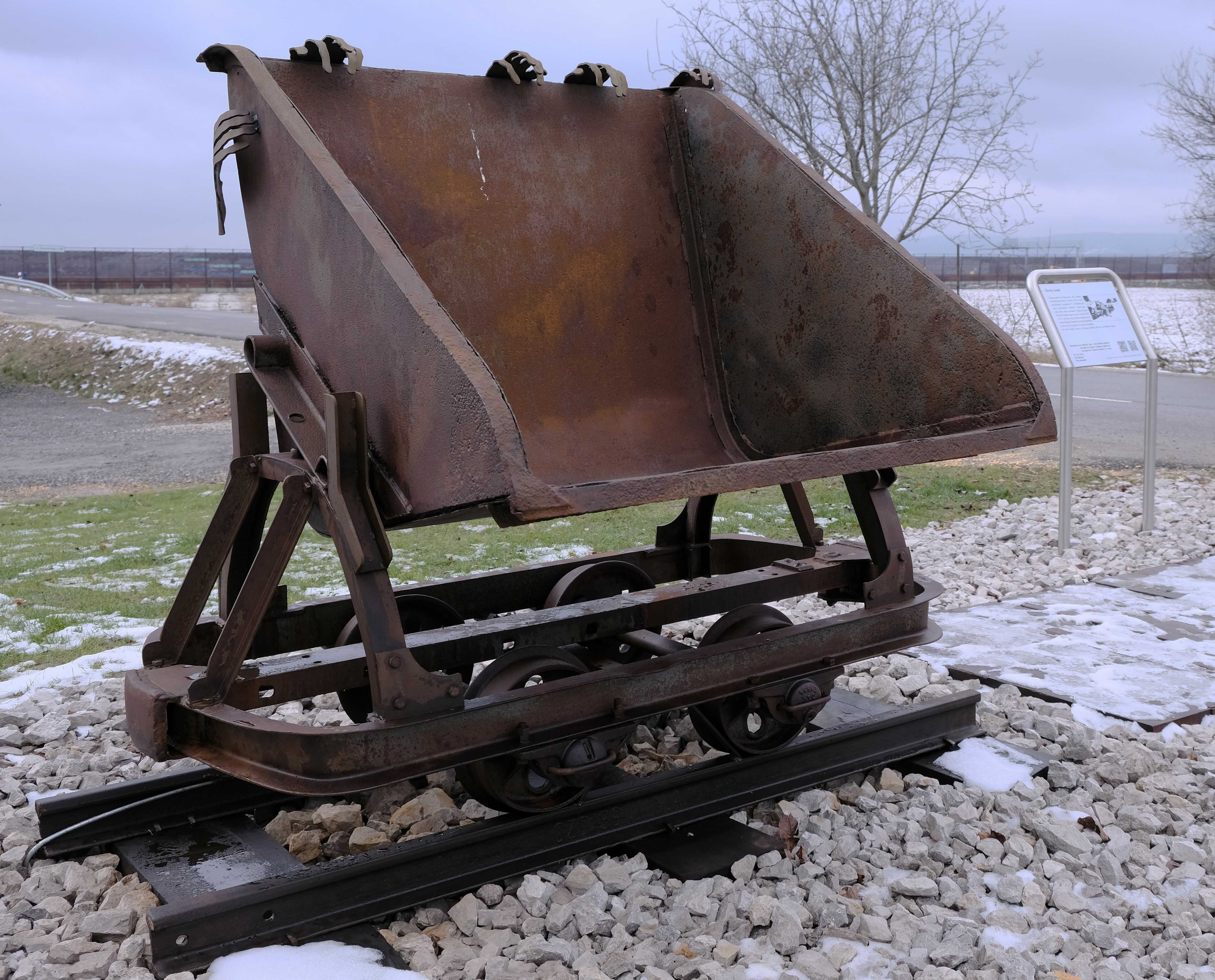Memorial to Those Who Built the Šúr Canal

The Šúr Canal, which in the past had been known as the Main or Bypass Canal, Moravod, New Sajloch, or Jewish Canal, is an artificial drainage waterway in the southwest of Slovakia. Approximately 17 km long, it runs round the towns of Pezinok, Svätý Jur, Vajnory, Ivanka pri Dunaji, and Zálesie, where it flows into the Small Danube. Its course carries water from streams running down from the slopes of the Small Carpathian mountains into the Šúr national nature reserve. The Šúr is a unique natural phenomenon, created in the shallow depression along the eastern slopes of the Small Carpathians around 10,000 years ago. A large and very shallow lake developed, which gradually filled with water and gravel and sand sediments. Peat was formed from the plants which grew in its shallow waters. Over time these processes created Šúr – wetlands impossible to walk through, covered with trees and other greenery, and often waterlogged during the year. It stretched from Modra all the way to Ivanka pri Dunaji. The wetlands provided a natural stock of animals and birds for the local population, as well as a reservoir of drinking water, but at the same time it was a barrier to expanding land for agricultural use and so, in the Middle Ages, efforts were made to partially drain it. In 1896 a canal was dug through Šúr. This helped to significantly lower the water level. But after a while the canal became clogged, and the water rose again to its original level. At the time, naturalists drew attention to the exceptional importance of the area’s flora and fauna. But despite efforts to save it, in 1929 the government launched a project to completely destroy Šúr. However, the plan was soon put on hold because of the Great Depression, and it was not until the Slovak Republic came into being that a solution to the so-called ‘Mudland’ problem took shape, as also recorded in Slovak writer František Hečko’s book “Svätá tma” (Sacred darkness). From 1938 there was pressure to resolve the problem, largely from the government commissioner for the town of Svätý Jur, whose inhabitants owned more than 3,000 hectares of land in the Mudland which they wished to reclaim and use for agricultural purposes. Members of the Labour Corps of the National Defence, which was a controversial part of the Slovak military forces in 1939-1945 used as a tool to solve the Jewish and Roma ‘question’ in the army during WWII, were sent in to work on the land. The corps was made up largely of Slovak nationals assigned to it for health or disciplinary reasons, as well as Jews and Roma, who on the basis of their race were assigned to the VI Labour Battalion of the Labour Corps. It was the members of this specific battalion who built the extensive drainage canal from Pezinok to Zálesie, where it flows into the Small Danube river. Forced Jewish labour from concentration camps was also used, as later were Roma and political prisoners. Inhabitants from local villages also took part in the construction. The canal was completed in 1943, after which a further stage was planned – construction of the Háj recreational area in the Panónsky háj grove. However, with the end of the war, this did not take place. To this day, the Šúr canal is a significant drainage waterway, and its discharge is regulated so as to ensure protection of the internationally significant wetlands of the Šúr national nature reserve.
In 2021, on the initiative of the Ivanka Historical Society, on its right bank a memorial was erected to the people who built the canal during the difficult times of WWII.